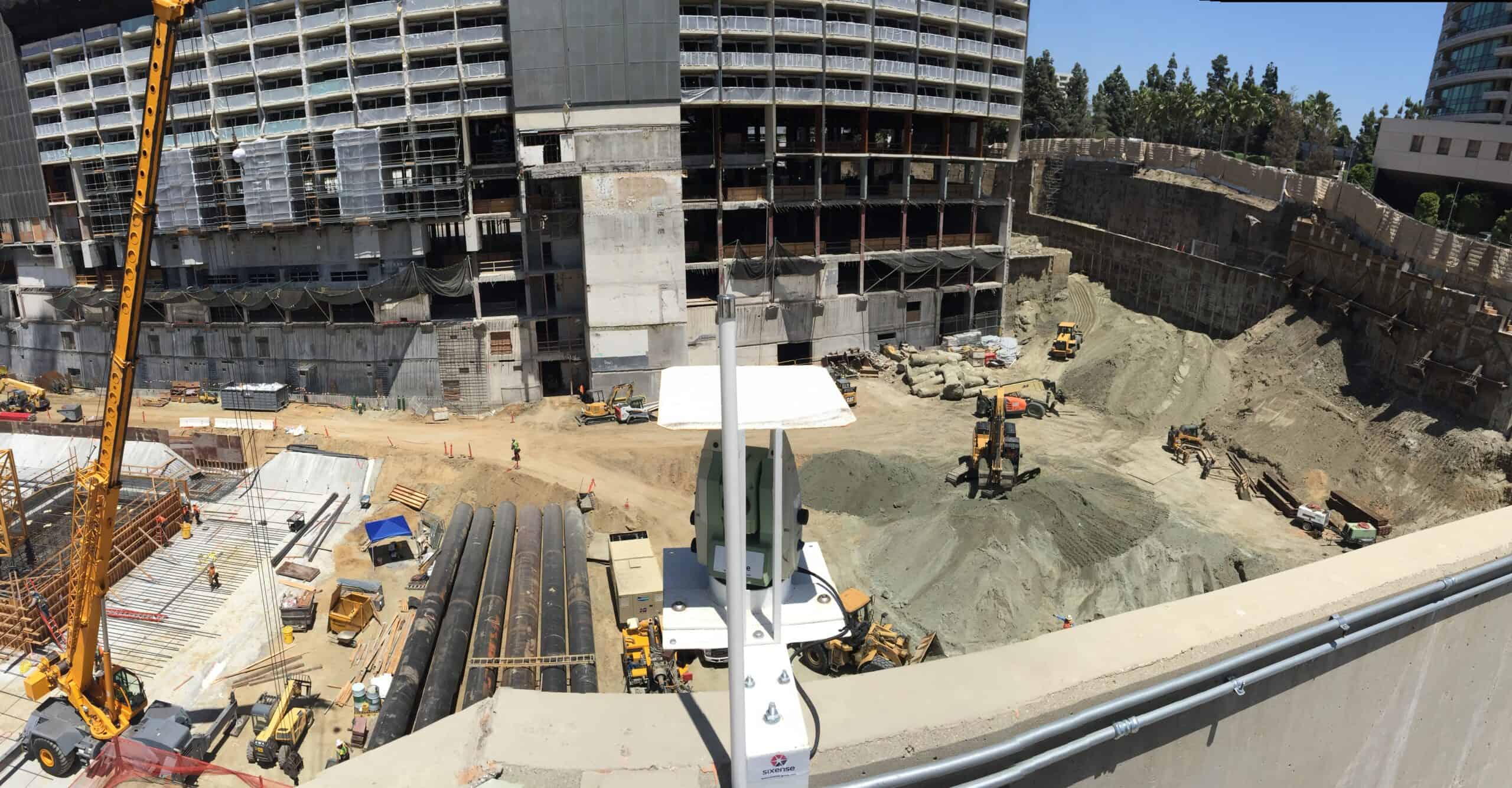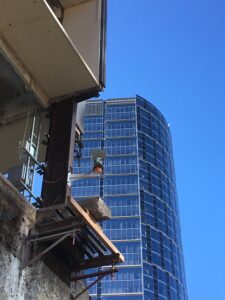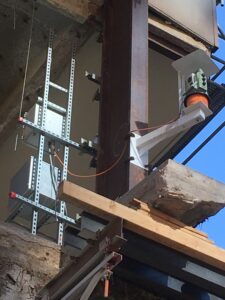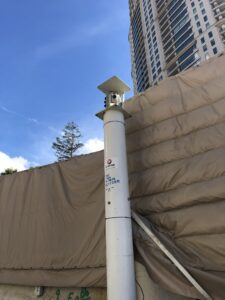The New Century Plaza | USA
Project summary
Images of the project
The New Century Plaza Development
The new Century Plaza Development is a ground-up and historic renovation, expansion, and seismic retrofit mixed-use project located in Century City, California. The square footage is distributed across three structures with 16, 44, and 44 levels above grade. It includes 363 luxury condominiums and 400 Fairmont Century Plaza hotel keys.
The project includes the original Minoru Yamasaki-designed Century Plaza hotel, as well as the ground-up construction of the two 44-level triangular glass towers that flank the hotel’s west elevation and contain 290 luxury condominiums.
Excavation Works
The excavation works were designed to accommodate four subterranean parking levels and tower mat foundations extending down 70 feet at the deepest location. Critical components of the shoring system occur along existing structures. Therefore, the tiebacks, rakers, soldier piles, and existing structures were outfitted with real-time instrumentation for monitoring shoring performance.
Coordination with existing buildings, deep utilities in the street, and the future Metro Purple Line was a complex process comprised of reviews by the Bureau of Engineering’s Excavation, Building and Safety, Structural and Geotechnical groups, MTA, and multiple peer reviewers.
Monitoring Network for the New Century Plaza
Sixense Northern America was hired by the Geotechnical Engineer on Record for the development and implementation of the Instrumentation and Monitoring Program.
The I&M program included seven (7) Instrumentation sections to cover the more sensitive areas of the support of excavation, including different types of sensors to achieve data redundancy, which served to better understand the behavior of the SOE and the affected structures during the different construction phases.
Three (3) AMTS with cameras were installed at selected locations to monitor the displacements of the SOE, the existing Hotel, and the adjacent streets. Due to the site constraints, the three AMTS were configured as a group using the more reliable reference network available.
The I&M program also included:
- Tiltmeters
- Strain gauges
- Load cells
- Inclinometers
- Monitoring prisms
- Reflectorless points
All the data was available in near-real-time via Geoscope, including automatic alerts via email sent if the threshold values were exceeded.
Despite the challenges of the construction work being conducted in a densely populated urban area, Sixense’s experience working in these environments assisted all the stakeholders to have more control over the project, reduced geotechnical and legal risks, and provided peace of mind to all parties involved in the New Century Development.



